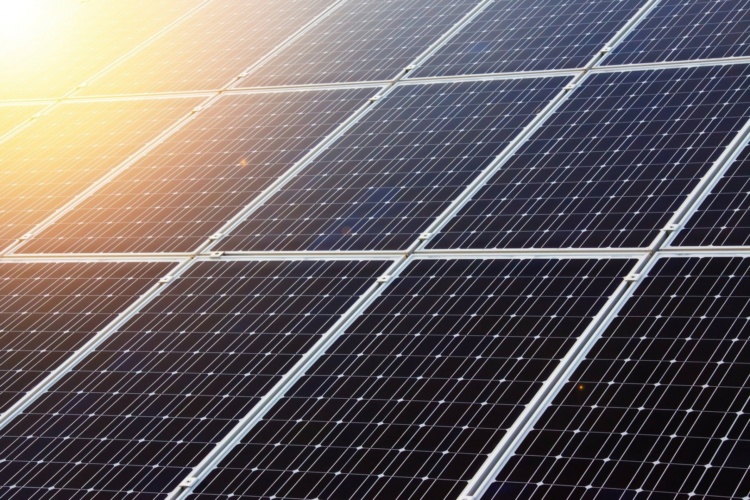MIT team develops waterless dust removal for solar panels
MIT researchers have developed a way of automatically cleaning solar panels in a waterless, no-contact system that could significantly reduce problems caused by dust.

The new system uses electrostatic repulsion to cause dust particles to detach without the need for water or brushes. To activate the system, an electrode passes just above the solar panel’s surface, imparting an electrical charge to the dust particles that are then repelled by a charge applied to the panel. The system can be operated automatically using an electric motor and guide rails along the side of the panel. The research is described in Science Advances in a paper by MIT graduate student Sreedath Panat and Kripa Varanasi, a professor of mechanical engineering.
Lab tests showed that the drop-off of energy output from the panels happens steeply at the start of dust accumulation, and can reach 30 per cent reduction after one month without cleaning. They calculated that a one per cent reduction in power, for a 150MW solar installation, could result in a $200,000 loss in annual revenue. The researchers said that globally, a three-to-four per cent reduction in power output from solar plants would amount to a loss of between $3.3bn and $5.5bn.
Register now to continue reading
Thanks for visiting The Engineer. You’ve now reached your monthly limit of news stories. Register for free to unlock unlimited access to all of our news coverage, as well as premium content including opinion, in-depth features and special reports.
Benefits of registering
-
In-depth insights and coverage of key emerging trends
-
Unrestricted access to special reports throughout the year
-
Daily technology news delivered straight to your inbox










National Gas receives funding to develop Gravitricity underground hydrogen storage system
One single rock salt mine - Winsford - has 23 <i>MILLION </i>cubic metres of void and even allowing for 10% of that void set aside for hazardous waste...